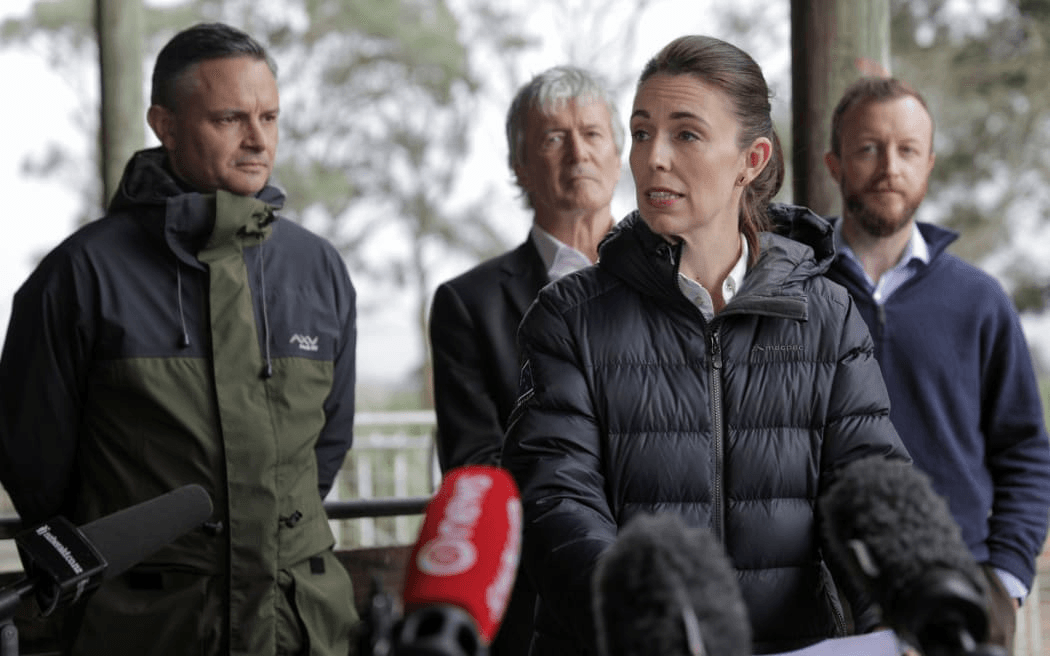A section 215 report released today, outlines several changes to the proposed emissions pricing system that the government says will give greater certainty to farmers and better recognise on-farm sequestration.
Prime minister Jacinda Ardern is making the announcement in Auckland at the moment and has been joined by agriculture minister Damien O’Connor, climate change minister James Shaw and He Waka Eke Noa (HWEN) partnership representatives.
The changes include:
- A five-year emissions price pathway established from 2025, providing certainty out to 2030
- The emissions levy will be set at the lowest price possible to achieve outcomes
- The agriculture sector will help oversee the allocation of levy revenue raised through the system that will be recycled into incentivising good practice
- An agreement to recognise scientifically robust on-farm sequestration in the Emissions Trading Scheme (ETS)
“After listening to farmers and growers through our recent consultation, and engaging over recent months with industry leaders, today we have taken the next steps in establishing a proposed farm-level emissions reduction system as an alternative to the ETS backstop,” prime minister Jacinda Ardern said.
To date, industry representatives have been disappointed in the government’s response to HWEN. Dairy Companies Association of NZ executive director Kimberly Crewther said last week that the industry had worked really hard to come to a consensus position which took into account a broad range of considerations and that what the government had been proposing was fundamentally different to what HWEN put forward. Ardern also met with representatives from farming advocacy group, Groundswell last week. Groundswell’s Bryce McKenzie said the meeting ‘’actually went well” but they “agreed to disagree” on some issues.
Certainty over emissions pricing has been a key sticking point for the industry. HWEN’s proposal included allowing the sector to have a significant voice in setting their own emissions prices. In the changes announced today, the Climate Change Commission still retains overall control but a board with representatives from the agriculture sector and Māori will be established to provide advice and act as an avenue for sector input.
The other HWEN proposal that was initally rejected was the use of on-farm sequestration to reduce the size of annual greenhouse gas levies. Carbon sequestration is a natural process where plants remove carbon dioxide from the atmosphere and store it in their tissues. Today’s recognition of scientifically robust on-farm sequestration in the Emissions Trading Scheme confirms an announcement made at the end of November signalling that change.
In a statement, Ardern also confirmed a recently reported requirement from British supermarket chain Tesco. All its products must be environmentally accredited and reach net zero across their entire supply chain by 2050. Tesco is the largest buyer of New Zealand products in Britain. “If we don’t establish a credible plan to reduce agriculture emissions the future of our exports are at stake,” said Ardern.
“We’re committed to working with He Waka Eke Noa’s partners to investigate options for targeted transitional support for farmers and officials will do further work on the use of collectives to simplify reporting and payment obligations,” said O’Connor.
Section 215 of the Climate Change Response Act sets out an obligation for the minister of agriculture and minister for climate change to publish this report and it had to be done before the end of the year. It is a response to the HWEN partnership’s recommended proposal and outlines the next steps in the agricultural emissions pricing alternative to the ETS. Shaw says the report gives the sector certainty over the direction of travel and is an important milestone in the design of a system.
Final decisions on agricultural emissions pricing will be made by cabinet in early 2023 with the aim of introducing legislation by the middle of next year.

